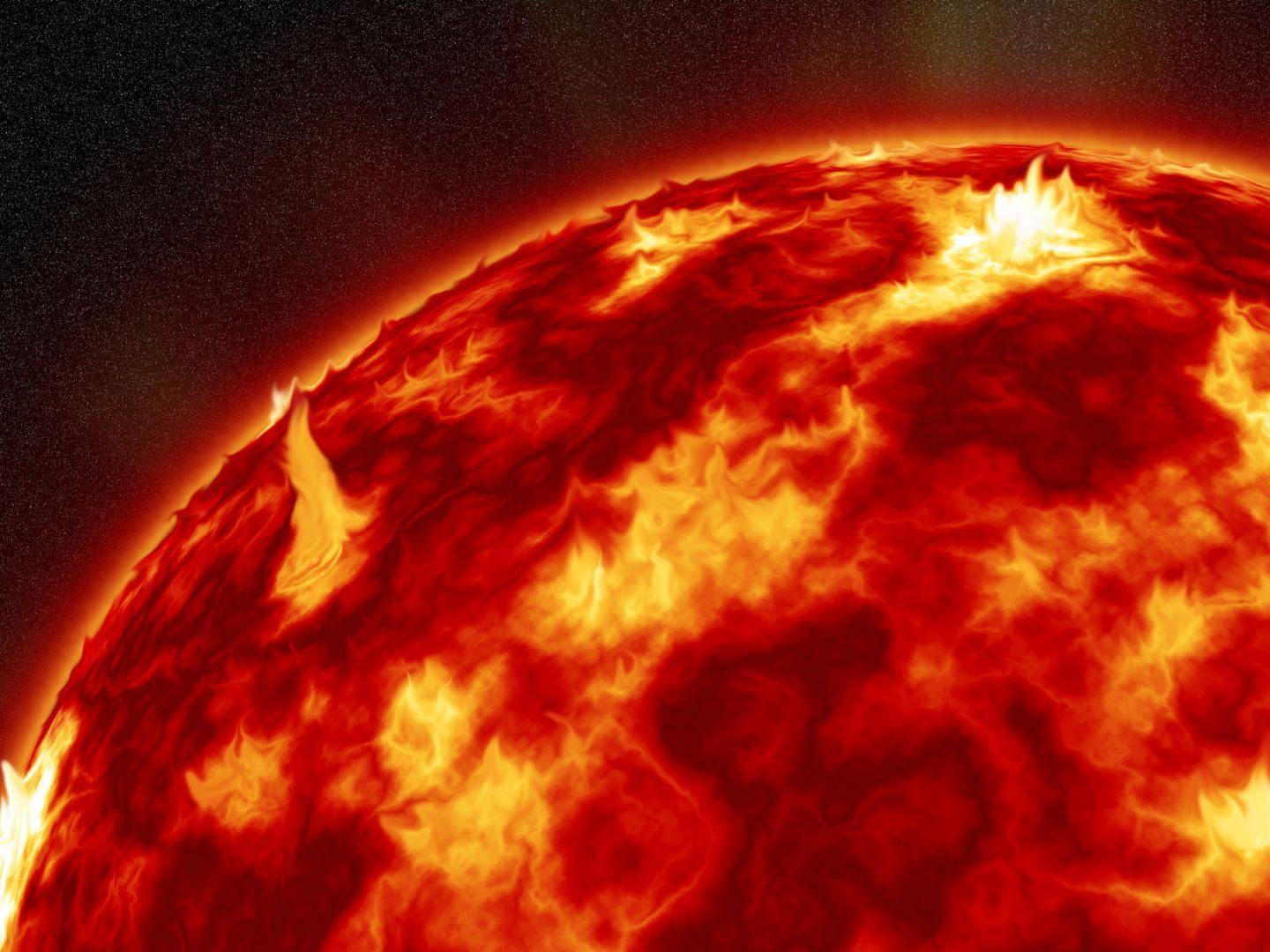Super Solar Storms Not Ruled Out According to Scientists

The frequency of so-called superflares - massive eruptions on sun-like stars in deep space - has been investigated by a team of scientists led by the Max Planck Institute for Solar System Research in Göttingen, together with, among others, the University of Graz. According to them, such super solar storms cannot be ruled out for our sun - even though the probability is very low.
Sun Could Produce More Powerful Eruptions Than Thought
Solar storms are gigantic clouds of electrically charged particles that sweep over the Earth at high speed. They occur when magnetic fields on the sun's surface collapse and radiate large amounts of energy. When they reach the vicinity of Earth, they are deflected by the Earth's magnetic field. However, these charged particles can occasionally penetrate the Earth's atmosphere and cause electromagnetic disturbances that endanger air traffic as well as communication and energy systems. Such events are nothing compared to what some other stars emit, as stellar superflares can be much stronger.
To determine whether our central star could also produce such massive bursts of electromagnetic radiation, the researchers evaluated brightness measurements from the Kepler space telescope of 56,450 stars that have sun-like basic properties. In the process, they observed 2,889 superflares on 2,527 sun-like stars. They also found that such sun-like stars produce strong superflares about once per century. Their findings were published in the latest issue of the journal "Science". Alexander Shapiro, a specialist in sun-like stars who was recently appointed Professor of Astrophysics at the University of Graz, was part of the team.
Scientists Suspect Same Mechanism in Superflares and Solar Eruptions
The results would also show that the frequency of stellar superflares coincides with previously observed patterns of solar eruptions of our sun. According to the team of scientists, this would suggest a common underlying mechanism. However, the authors still remain uncertain whether the observed sun-like stars fundamentally differ from our sun or whether their activity could also reflect the future potential of the sun. If the sample were indeed representative, the probability of the sun producing a superflare could be higher than previously assumed.
(APA/Red)
This article has been automatically translated, read the original article here.





